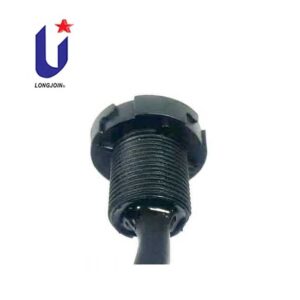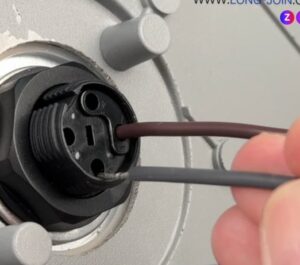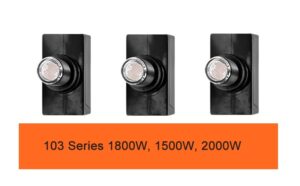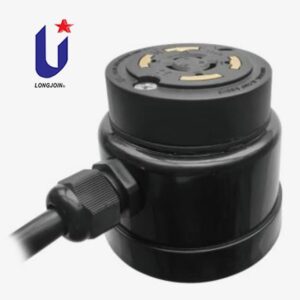屋外用フォトコントロールの配線仕様と安全性に関する詳細ガイド
導入
Outdoor lighting must be reliable and manual switching is inefficient. Photocontrols automate this process by turning lights on at dusk and off at dawn. They reduce energy waste and minimize maintenance needs. These devices are essential for smart outdoor lighting.
光電池 are used in many areas. Streetlights depend on them. Parking lots use them for security lighting. Industrial and commercial spaces also require automated lighting. Proper wiring ensures smooth operation. Safety measures must be followed. Incorrect wiring leads to failures and hazards.
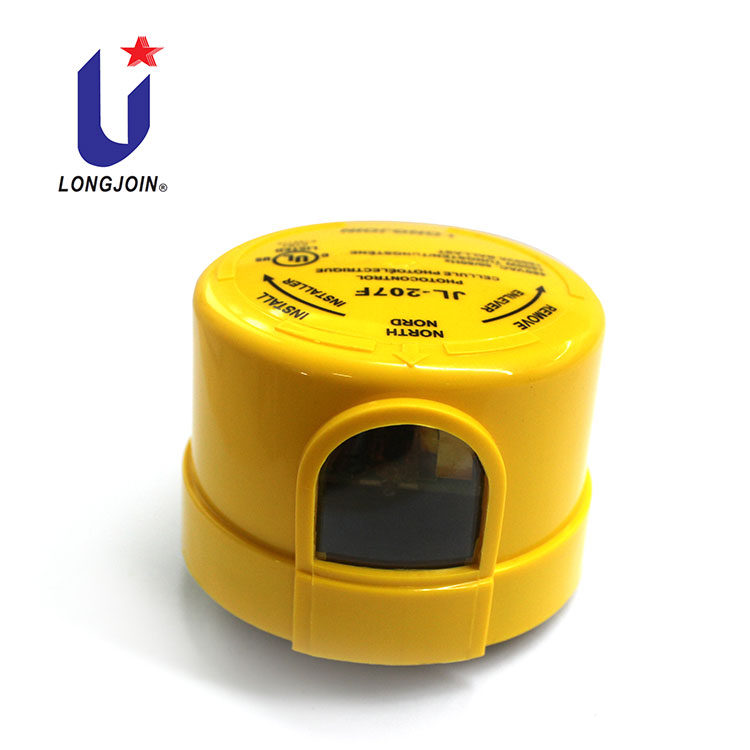
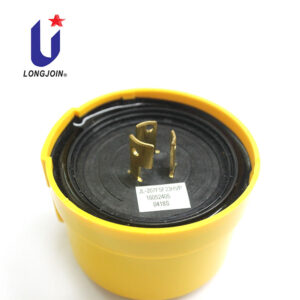
Wiring Specification Requirements
電源入力
Voltage selection is critical. Photocontrols work with various voltages. Standard options include 120V, 208V, and 277V. Some models support 12V systems. High-power applications may need 480V. Frequency is usually 50Hz or 60Hz. Power ratings must match the load. Incorrect voltage damages components.
Power Output
Photocontrols have normally open (NO) and normally closed (NC) terminals. NO terminals close when light levels drop. This activates connected lights. NC terminals work in reverse. Some photocontrols include relay outputs. These allow better integration with control systems.
Control Signal Input
Many photocontrols support external signal inputs. These include motion sensors and remote control light systems. Some advanced models use Zigbee wireless light technology. This allows smart automation. 光センサースイッチ adjust brightness based on ambient conditions.
Ground Terminal
Grounding prevents electrical hazards. It reduces voltage fluctuations. It protects against surges. Proper grounding is essential. Some photocontrols use a dedicated ground wire. Others integrate with an existing electrical ground. Poor grounding causes malfunctions and safety risks.
Protection Features
Safety mechanisms prevent damage. Overload protection avoids overheating. Short-circuit protection stops sudden failures. Overvoltage protection prevents spikes. High-quality photocontrols include multiple layers of safety. These features improve durability.
Wiring Steps and Precautions
Power Isolation
Turn off power before wiring. This prevents electrical shock. Always use insulated tools. Safety gear like gloves and goggles is recommended.
Wiring According to Diagrams
それぞれ 光制御 has a unique wiring setup. Always follow manufacturer diagrams. Improper wiring causes malfunctions. Double-check connections before powering the system.
Secure Connections
Loose wires cause failures. Use proper wire connectors. Ensure all screws are tight. Poor connections lead to flickering lights.
Selecting Appropriate Wire
Wire thickness matters. The wrong gauge can cause overheating. Use thicker wires for high-wattage lights. Standard 屋外用光電セル光センサー setups require durable, insulated wiring.
Matching Photocontrols with Loads
Check photocontrol ratings before installation. A mismatch can damage components. Smart controllers improve efficiency. Always test compatibility before finalizing the installation.
Common Wiring Methods
Single Photocontrol Wiring
Single photocontrols are widely used. The live wire connects to the photocontrol input. The output wire links to the light fixture. The neutral wire completes the circuit. Secure all connections before testing.
Dual Photocontrol Wiring
Some systems use dual photocontrols. These provide backup in case one fails. Wiring follows the same principles as single units. Proper synchronization ensures both sensors function correctly.
Smart Photocontrol Wiring
Advanced systems use smart photocontrols. These work with IoT platforms. Some integrate with Zigbee wireless light networks. Others connect to リモコンライト systems. Smart wiring allows dynamic lighting adjustments.

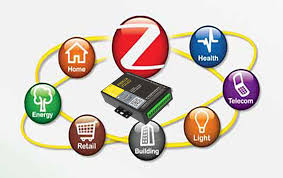
Installation and Commissioning
Installation Location
Placement affects performance. Photocontrols should face natural light sources. Avoid shadows and obstructions. Mount at appropriate heights. Streetlight controllers need a clear line of sight.
Commissioning
Test the photocontrol after installation. Cover the sensor to simulate darkness. Ensure lights turn on. Remove the cover to check if they turn off. Adjust settings if necessary.
Waterproof Treatment
Outdoor photocontrols face harsh weather. Use waterproof housings. Seal wiring connections. Apply protective coatings. Water damage reduces lifespan.
Common Issues and Solutions
1. Lights Do Not Turn On or Off
- Check if the photocell is damaged.
- Verify voltage supply.
- Ensure correct wiring.
2. Lights Flicker
- Inspect wiring for loose connections.
- Check for interference from nearby light sources.
- Replace faulty photocontrols.
3. Slow Response Time
- Use high-quality sensors.
- Ensure photocells receive proper light exposure.
- Avoid placing sensors near artificial lighting.
まとめ
Proper wiring ensures stable operation. Photocontrols improve efficiency. They reduce manual maintenance. Smart photocontrols enhance automation. Regular testing prevents failures. Following safety guidelines ensures reliability. Future lighting systems will use advanced photocontrols. Innovation will drive further efficiency improvements.
よくある質問
Why is proper wiring important for outdoor photocontrols?
Proper wiring ensures reliable operation. It prevents malfunctions and safety hazards. Incorrect wiring can cause flickering, overheating, or complete failure. Secure connections improve durability. Using the right wire gauge avoids power overloads. Following manufacturer guidelines ensures system stability.
What are common problems with outdoor photocontrols and their solutions?
Common issues include lights not turning on or off, flickering, or slow response. Loose connections often cause flickering. Incorrect sensor placement affects performance. Water exposure can damage components. Using high-quality photocells and proper insulation. Regular maintenance also helps prevent failures.
How can I extend the lifespan of my outdoor photocell light sensor?
Place it in a suitable location with no obstruction. Waterproof enclosures can be used to protect against rain and dust. Use proper grounding to prevent voltage surges and regularly clean the sensor to remove dirt buildup. Choose durable photocontrols with overload protection for long-term performance.
外部リンク
https://www.sciencedirect.com/topics/engineering/photocell


